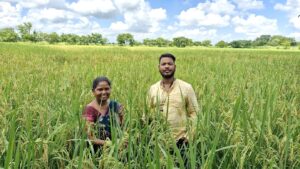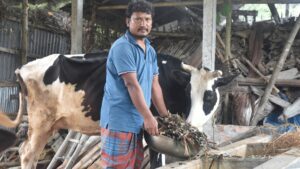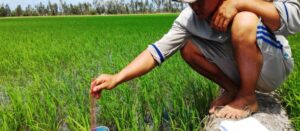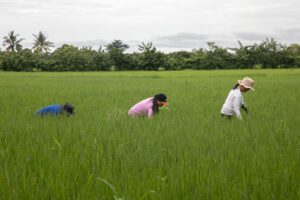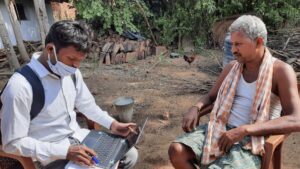by Veronica Mae Escarez
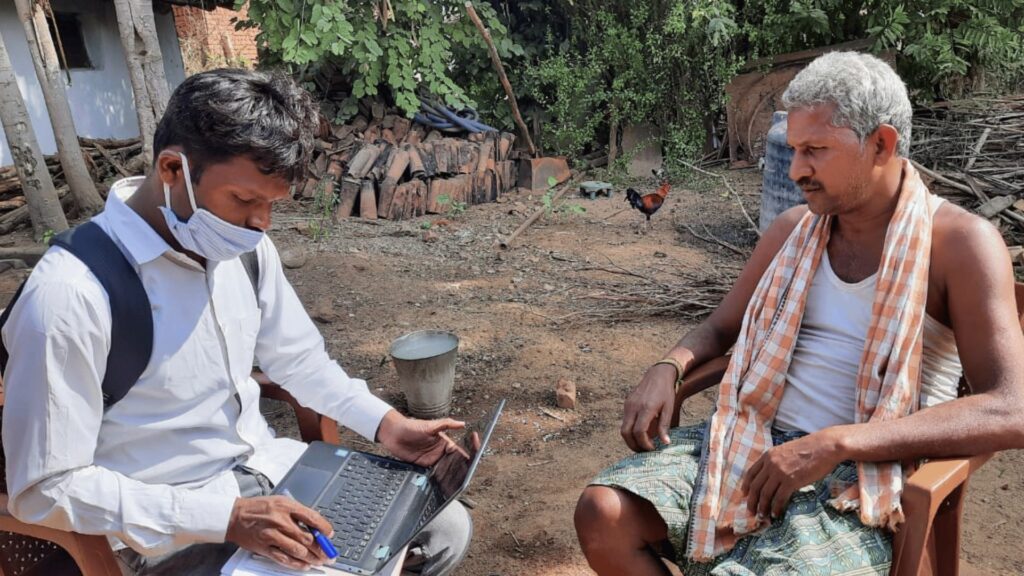
In Odisha, incentivizing farmers who seek knowledge about agricultural insurance can motivate them to enroll and then be de-risked from the effects of climate changez
In India’s state of Odisha, rice production amounts to about 11.9 million tons, dominating their total grain production of 14.1 million tons. Rice is widely cultivated in rainfed and is usually monocropped, making thousands of smallholder farmers vulnerable to the impacts of climate change, such as flooding and drought. In 2022, the state was flooded for almost a month after extensive rainfall, causing about USD15 million worth of damages to the properties of over 1,700 villages. Furthermore, in 2024, the state’s capital recorded a prolonged 39-degree Celsius heat, which has caused over a hundred deaths.
Insurance and the issue with intakes
To de-risk farmers from loss and damages caused by flooding and extreme heat, India launched one of the world’s largest insurance programs, the Pradhan Mantri Fasal Bima Yojana (PMFBY), to provide affordable and comprehensive crop insurance to farmers. It subsidizes 50-90% of the premium against unpreventable risks, which result in four primary kinds of crop loss: prevented sowing, localized calamities, yield loss, and postharvest loss.
However, coverage is provided at the village or “gram panchayat” level, and the risks are typically bundled, which gives farmers fewer options for customizing their coverage. This makes insurance costlier, less targeted, and harder to access, leading to low enrollment. In 2019, only 11% of the state’s arable area was insured under PMFBY. Ideally, agricultural insurance should serve as a cushioning mechanism for farmers against potential environmental shocks to maintain stability and growth in agriculture.
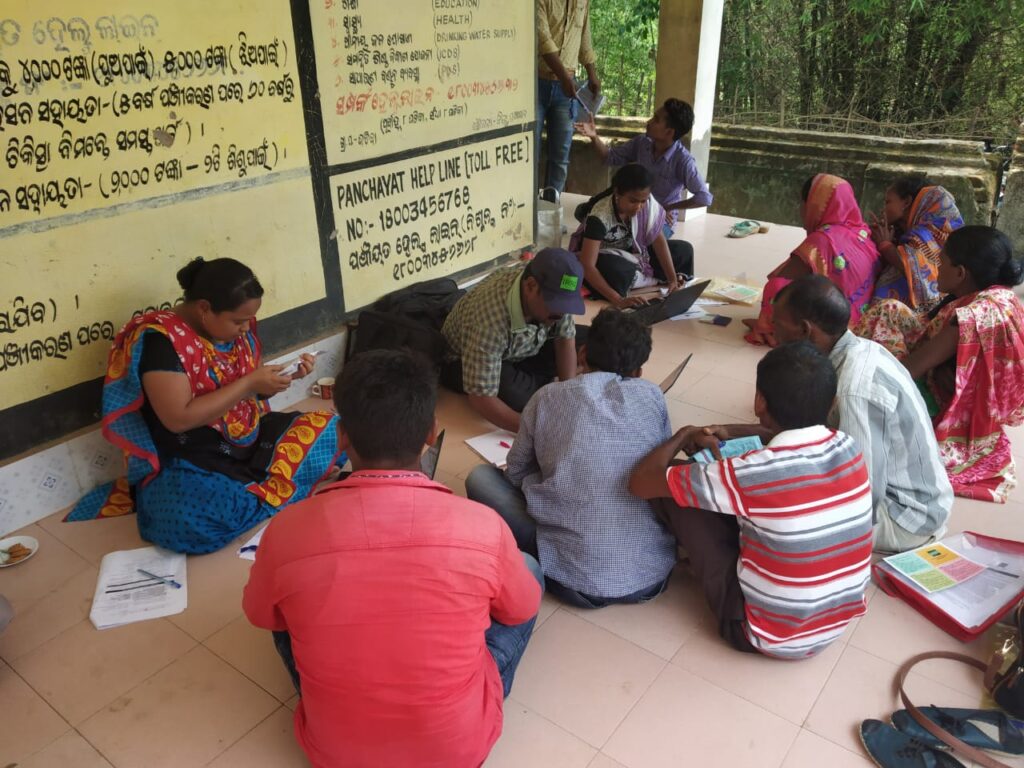
Incentives and other driving factors to rice farmers’ willingness to pay
Understanding how farm insurance works may be a daunting process, especially when there is no motivation or incentive to do it. A study by Veettil, Yashodha, and Vecci (2024) ran a large-scale experiment in Odisha where they identified that farmers are more willing to pay for insurance when they are incentivized to be more aware and well-informed about how insurance schemes work.
Willingness to pay (WTP) also varies depending on different attributes. Farmers with high levels of general knowledge and awareness of how insurance works are more willing to pay less. Those who earn an annual income of less than INR100,000 (~USD1,100) are less likely to purchase the product. Similarly, larger households are less inclined to be insured.
Regarding land size, the smallest and largest farms are more interested in paying for insurance. However, in the gradient between them, the willingness to pay decreases as the land area increases. Rice farmers who reside farther away from the market are more likely to purchase insurance compared to those who live closer, which may be an indicator that risks are lower the closer the farms are to the market.

Practical and policy implications
“Many farmers struggle to adopt insurance because they lack awareness and decision-making support. Educating farmers about insurance through awareness campaigns and financial literacy programs can help them make informed choices and reduce bias.”, shared IRRI Senior Scientist Prakashan Veettil. “The insurance cost is a major concern, especially for low-income farmers earning less than INR 100,000 per year.” As premiums increase, demand drops sharply. Reducing insurance costs by at least 16% (INR30 or ~USD0.35 per hectare) can significantly boost participation, ensuring more farmers get the protection they need.
“Cognitive ability also plays a key role in insurance decisions. Farmers who find pricing complex may overlook important details and make inconsistent choices. Providing the right incentives and guidance can help them make smarter, more sustainable decisions about their insurance coverage.”, Veettil said. This meant that aside from making financial literacy programs available to farmers, information must also be served in digestible ways to ensure that they understand the risks and benefits that applying for insurance entails.
READ MORE at Veettil, Prakashan Chellattan, Yashodha Yashodha, and Joseph Vecci. 2024. “ Hypothetical Bias and Cognitive Ability: Farmers’ Preference for Crop Insurance Products†.” American Journal of Agricultural Economics 1–37. https://doi.org/10.1111/ajae.12506

